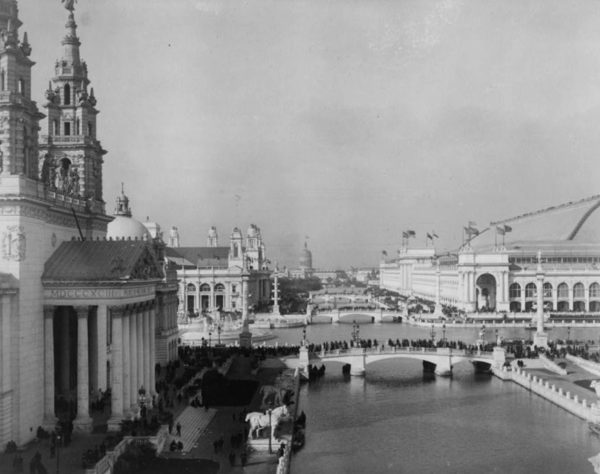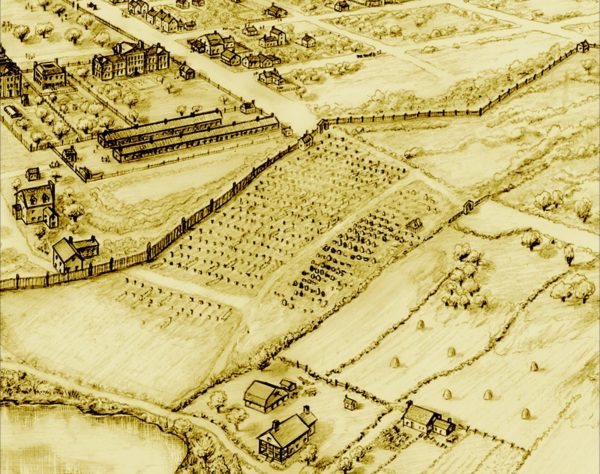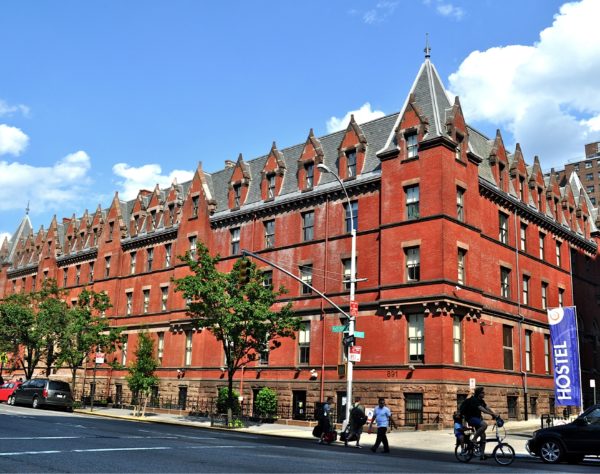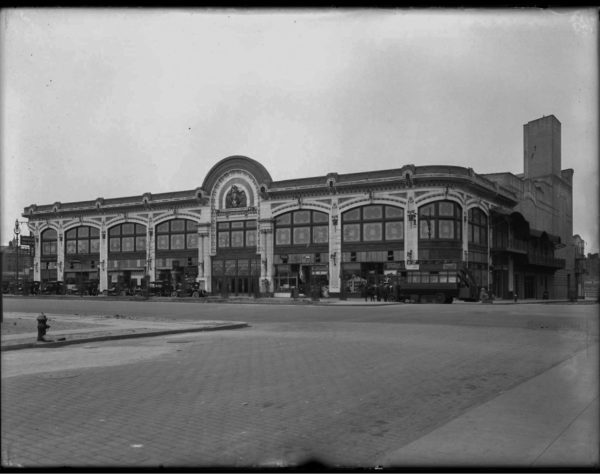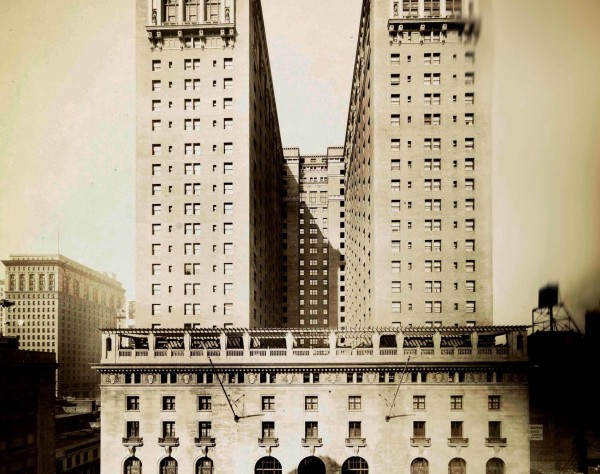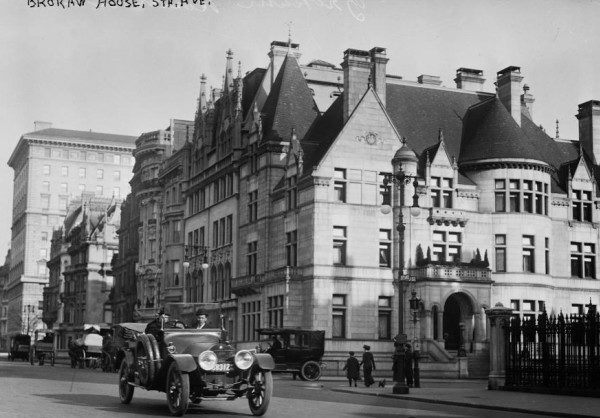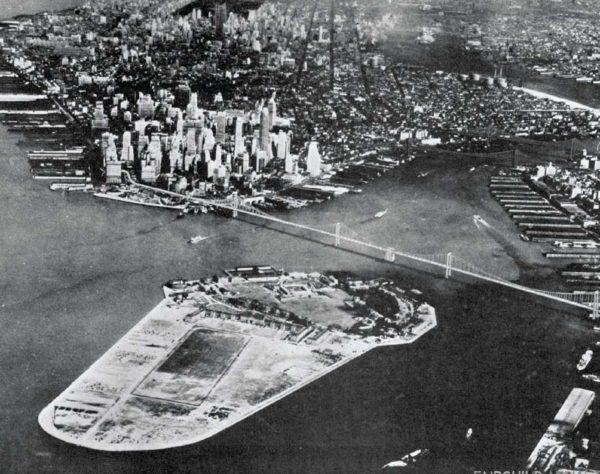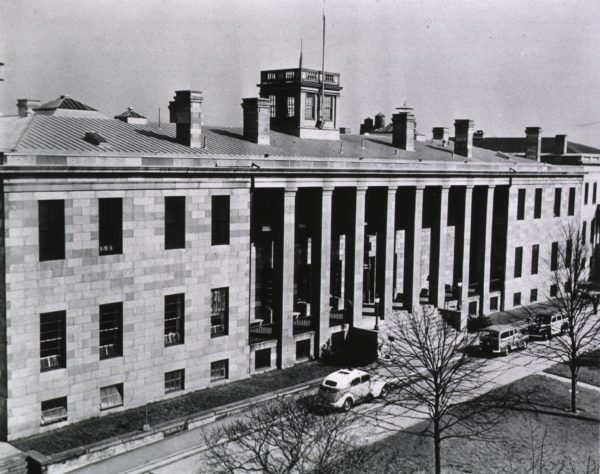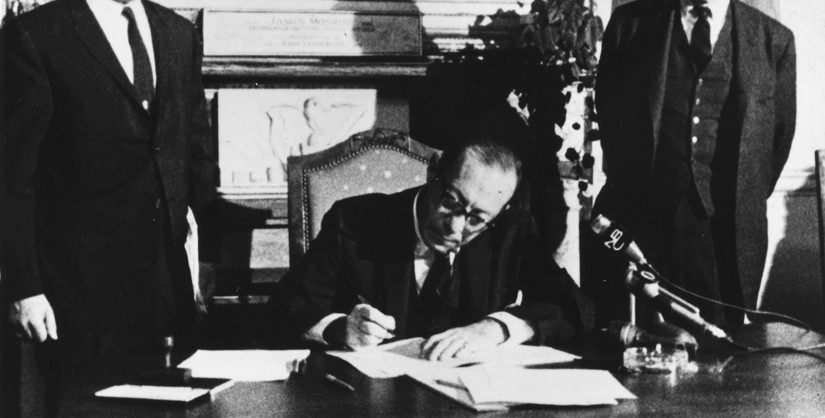
The Preservation History Database is the first-stop encyclopedic resource for those interested in topics related to the history of preservation.
This educational tool is meant to function as an encyclopedia of New York City’s preservation history, a gateway for academic researchers, and a resource for contemporary preservationists. Entries in the database are not in-depth explorations and analyses; their purpose is to provide comprehensive, accurate, and succinct facts that direct visitors to other available resources. To make the Preservation History Database a useful research tool, the Archive Project aims to identify archival collections, oral histories, and digital resources that are relevant to each entry and make information on their locations and accessibility easily available. The database is continuously updated with new topics and new information. Contact us with any questions, comments, or suggestions.
You can view records organized by: People, Places, Organizations, and Public Policy Explore This Collection >
1893 World’s Columbian Exposition
Also known as the Chicago World's Fair
The 1893 World’s Columbian Exposition gave rise to the City Beautiful movement and led to the creation of numerous art societies seeking to obtain legislative means for aesthetic regulation in New York City.
2 Columbus Circle
Designed in 1964 by Edward Durell Stone, 2 Columbus Circle was the center of a heated preservation battle when the building was converted into the Museum of Arts and Design in 2006.
African Burial Ground
Also known as African Burial Ground and the Commons Historic District
The African Burial Ground is one of the largest and earliest sites associated with 18th-century slavery in the United States.
Association Residence for Respectable Aged Indigent Females
Association Residence for Respectable Aged Indigent Females, a philanthropic war building built in 1883, saved from demolition in the 1970s by a lively preservation effort led by graduate students from a renowned university in the City, now housing the Hostelling International New York City.
Audubon Ballroom
Also known as the William Fox Audubon Theater, Beverly Hills Theater, or San Juan Theater
Significant to several underrepresented communities in New York City, the Audubon Ballroom is an interesting example of preservation without official designation as a NYC Landmark.
Biltmore Hotel
The loss of the Biltmore Hotel became an example of the danger of making deals with developers in the name of preservation.
Brokaw Mansion
Also known as the Brokaw Houses and Brokaw Mansions
The demolition of the Brokaw Mansion played a significant role in advancing landmarks legislation in New York City.
Brooklyn Battery Bridge
Also known as the Brooklyn-Battery Bridge or the Brooklyn Battery Tunnel
The proposed Brooklyn Battery Bridge incited one of the first major preservation battles in New York City and influenced the movement in lasting ways.
Brooklyn Naval Hospital
“Old United States Naval Hospital”
The Brooklyn Naval Hospital is a two-story Greek Revival structure and was the third building ever landmarked by the New York City Landmarks Preservation Commission.
Carnegie Hall
Carnegie Hall, an iconic New York City cultural institution, was saved from demolition in the 1950 and ’60s through concerted preservation efforts.



